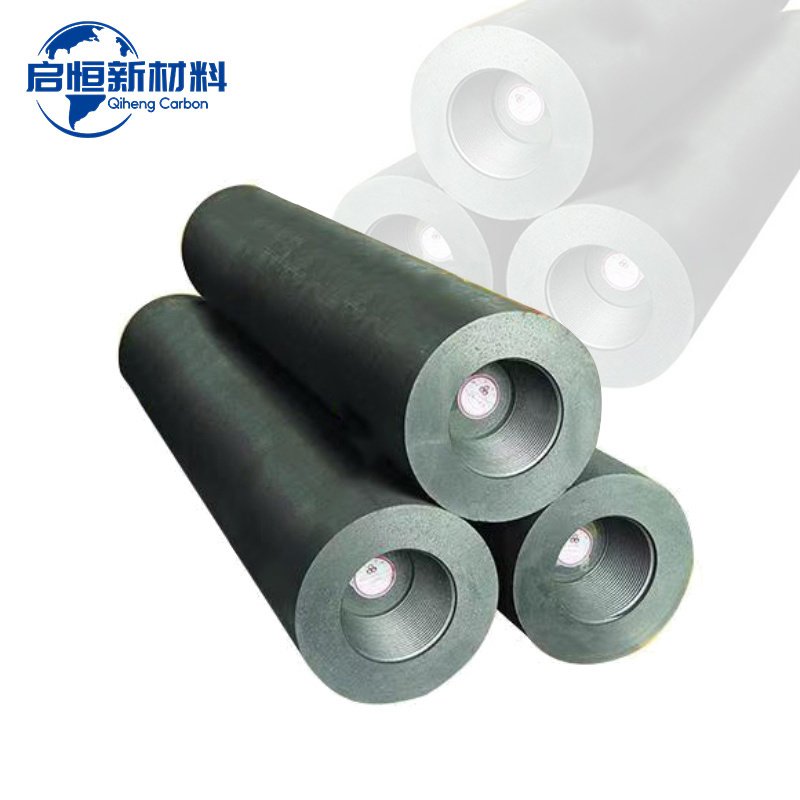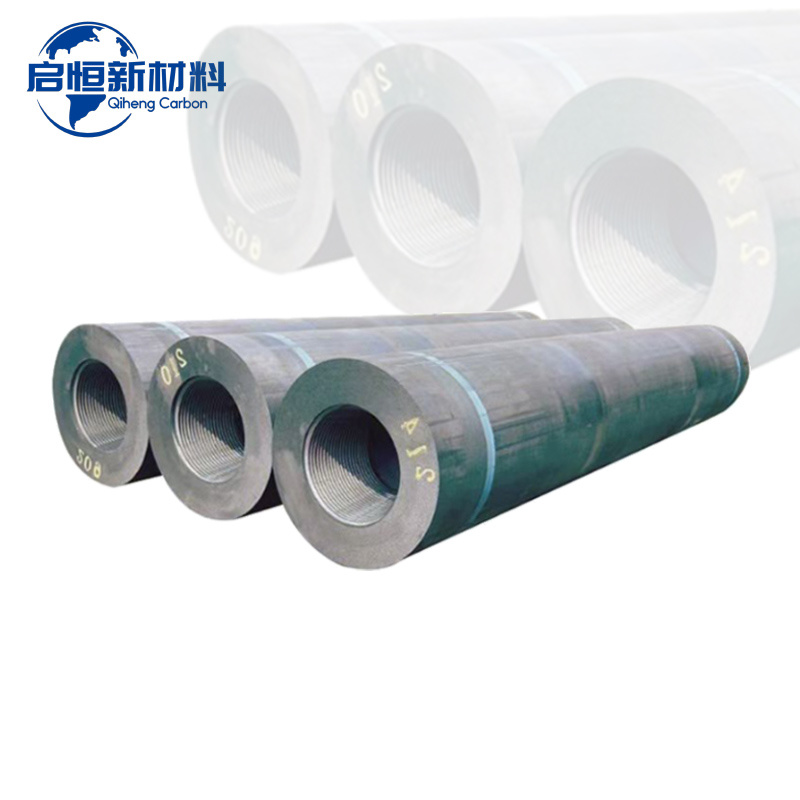Unlocking the Potential of High Power Graphite Electrodes in Metallurgy
Summary:
High power graphite electrodes are pivotal components in the metallurgy and energy sectors, specifically in electric arc furnaces (EAF) used for steel production. Their unique properties, including high thermal conductivity and excellent electrical conductivity, make them indispensable for processes requiring high-temperature operations. Understanding the characteristics and applications of these

High power graphite electrodes are pivotal components in the metallurgy and energy sectors, specifically in electric arc furnaces (EAF) used for steel production. Their unique properties, including high thermal conductivity and excellent electrical conductivity, make them indispensable for processes requiring high-temperature operations. Understanding the characteristics and applications of these electrodes is crucial for professionals involved in the non-metallic mineral and graphite industry.
One of the primary advantages of high power graphite electrodes is their ability to withstand extreme temperatures, which can exceed 3,000°C in EAF applications. This resistance to thermal stress allows for efficient energy use and enhances the overall performance of the furnaces. Additionally, these electrodes produce minimal oxidation, which contributes to their longevity and effectiveness in producing high-quality steel.
Another significant benefit of high power graphite electrodes is their adaptability to various operational conditions. Their design allows for flexibility in electrode size and shape, accommodating different furnace configurations. This adaptability enables metallurgical engineers to optimize processes, reduce energy consumption, and minimize costs while maintaining high production standards.
When selecting high power graphite electrodes, several factors should be considered. First, the quality of the raw materials used in their production can significantly impact their performance. Higher purity graphite results in electrodes with superior electrical and thermal properties. Assessing supplier capabilities and understanding the sourcing of raw materials is crucial for ensuring high-quality electrode production.
Furthermore, the manufacturing process plays a vital role in determining the characteristics of high power graphite electrodes. Techniques such as high-density pressing and high-temperature baking enhance the mechanical strength and conductivity of the electrodes. Professionals should be familiar with the manufacturing standards and innovations in electrode production to make informed decisions.
Moreover, ongoing research and development in the graphite industry are paving the way for improved electrode performance. Innovations such as advanced composite materials and new manufacturing techniques promise to enhance the efficiency and sustainability of high power graphite electrodes. Staying updated with these advancements can provide a competitive edge in the marketplace.
In conclusion, high power graphite electrodes are essential for achieving operational excellence in the metallurgy sector. Their unique properties, adaptability, and the continuous evolution of the production processes highlight their significance in modern metallurgical applications. For professionals in the non-metallic mineral and graphite industry, understanding these aspects will not only enhance operational efficiency but also contribute to the advancement of sustainable practices within the field.
One of the primary advantages of high power graphite electrodes is their ability to withstand extreme temperatures, which can exceed 3,000°C in EAF applications. This resistance to thermal stress allows for efficient energy use and enhances the overall performance of the furnaces. Additionally, these electrodes produce minimal oxidation, which contributes to their longevity and effectiveness in producing high-quality steel.
Another significant benefit of high power graphite electrodes is their adaptability to various operational conditions. Their design allows for flexibility in electrode size and shape, accommodating different furnace configurations. This adaptability enables metallurgical engineers to optimize processes, reduce energy consumption, and minimize costs while maintaining high production standards.
When selecting high power graphite electrodes, several factors should be considered. First, the quality of the raw materials used in their production can significantly impact their performance. Higher purity graphite results in electrodes with superior electrical and thermal properties. Assessing supplier capabilities and understanding the sourcing of raw materials is crucial for ensuring high-quality electrode production.
Furthermore, the manufacturing process plays a vital role in determining the characteristics of high power graphite electrodes. Techniques such as high-density pressing and high-temperature baking enhance the mechanical strength and conductivity of the electrodes. Professionals should be familiar with the manufacturing standards and innovations in electrode production to make informed decisions.
Moreover, ongoing research and development in the graphite industry are paving the way for improved electrode performance. Innovations such as advanced composite materials and new manufacturing techniques promise to enhance the efficiency and sustainability of high power graphite electrodes. Staying updated with these advancements can provide a competitive edge in the marketplace.
In conclusion, high power graphite electrodes are essential for achieving operational excellence in the metallurgy sector. Their unique properties, adaptability, and the continuous evolution of the production processes highlight their significance in modern metallurgical applications. For professionals in the non-metallic mineral and graphite industry, understanding these aspects will not only enhance operational efficiency but also contribute to the advancement of sustainable practices within the field.
Focus On Hot Spots
RP Graphite Electrodes: Transforming Conductivity in Metallurgical Processes
RP Graphite Electrodes: Enhancing Conductivity in Metallurgical Applications
Table of Contents
1. Introduction to RP Graphite Electrodes
2. Understanding Graphite and Its Properties
3. The Role of RP Graphite Electrodes in Metallurgy
4. Benefits of Using RP Graphite Electrodes
5. The Manufacturing Process of RP Graphite Electrodes
6. Applications of RP Graphite Electrodes
The Essential Guide to Graphite Blocks in Metallurgy and Energy Industries
Graphite blocks are pivotal materials in the metallurgy and energy industries, particularly within the non-metallic mineral products sector. These blocks, made from natural or synthetic graphite, possess unique properties that make them suitable for a wide range of applications. One of the most notable characteristics of graphite is its excellent thermal and electrical conductivity. This property









